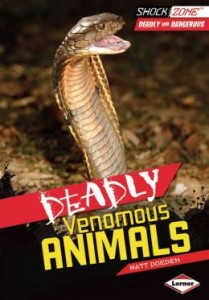Written and Illustrated by Demi
With a balanced and realistic approach, the author introduces third graders to the explorer, navigator, and entrepreneur. Columbus was not the altruistic explorer, as he has sometimes been painted. Nor was he the villain he was been named because of the treatment of Native Americans and the dismissal of the Viking landings. Despite the previous conventional wisdom, most people in the late 1400s realized that the world was round. What was unknown was the existence of the Americas and the distance across the ocean. Columbus was convinced the distance to Asia was much shorter than the actual distance to America. In fact, he never understood that he’d reached an entirely new world. He went for the riches and proved that many times by abandoning his crew so he could look for gold. He treated the Native Americans badly and basically managed to singlehandedly wipe out the Tainos. None of his four voyages to America went particularly well. And he definitely never found the palaces of Kublai Khan. But he did manage to draw a great deal of attention to the area and thus open up the Americas to European influence.
The real stars of the book are the elaborate illustrations. The intricate details show the world in which Columbus lived, including many of the creatures he encountered on his travels. The pictures practically tell the story and should enhance the reading skills of students.
As with any subject that is well-known to the general public, this is a good place to start. The publisher has innumerable books on the subject with which readers can continue.
 Title: Columbus
Title: Columbus- Written and Illustrated By: Demi
- Publisher: Amazon Children’s Publishing
- Reviewer: Sue Poduska
- Hard cover, 64 pages
- ISBN: 978-0761461678
- Genre: Picture book, Biography.









